Damned right! Sad to see her go. I worked her deck late 60's. Damn... I'm getting old.Every veteran deserves a flag at their funeral, She has earned it.

Damned right! Sad to see her go. I worked her deck late 60's. Damn... I'm getting old.Every veteran deserves a flag at their funeral, She has earned it.

Wikipedia sez: Within five years of the commissioning of Dreadnought, a new generation of more powerful "super-dreadnoughts" was being built. The first super-dreadnoughts are generally considered to be the British Orion class. What made them 'super' was the unprecedented 2,000-ton jump in displacement, the introduction of the heavier 13.5-inch (343 mm) gun, and the placement of all the main armament on the centreline. In the four years between Dreadnought and Orion, displacement had increased by 25%, and weight of broadside (the weight of ammunition that can be fired in one salvo) had doubled.I read somewhere - not sure if it was true - that Super-Dreadnought was coined when the main turrets became super-firing. If anyone could confirm or deny, that would be appreciated.
Seaworthness too. That wooden hull was extremely rigid and able to serve as stable torpedo platform in rough seas. Aside of it, a torpedo director was almost equal to a submarine Der Torpedokommandogeraet, electromech version of USN Torpedo Data Computer.Counterpart to the famous American PT boats, the German E-Boat. Biggest difference seems to be the use of diesels which gave a much greater range.
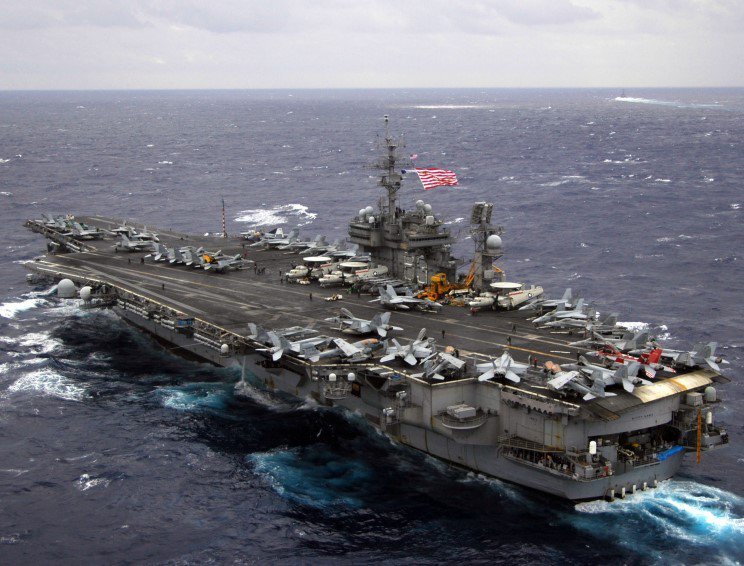



I know this may be hard to believe but that helo on spot 2 had some serious tron and corrosion issues for a while.USS Kitty Hawk (CV-63)



Caught in a typhoon on her way back to Yokosuka.
Wonder what it was doing spotted that far forward anyway.I know this may be hard to believe but that helo on spot 2 had some serious tron and corrosion issues for a while.
Wonder what it was doing spotted that far forward anyway.
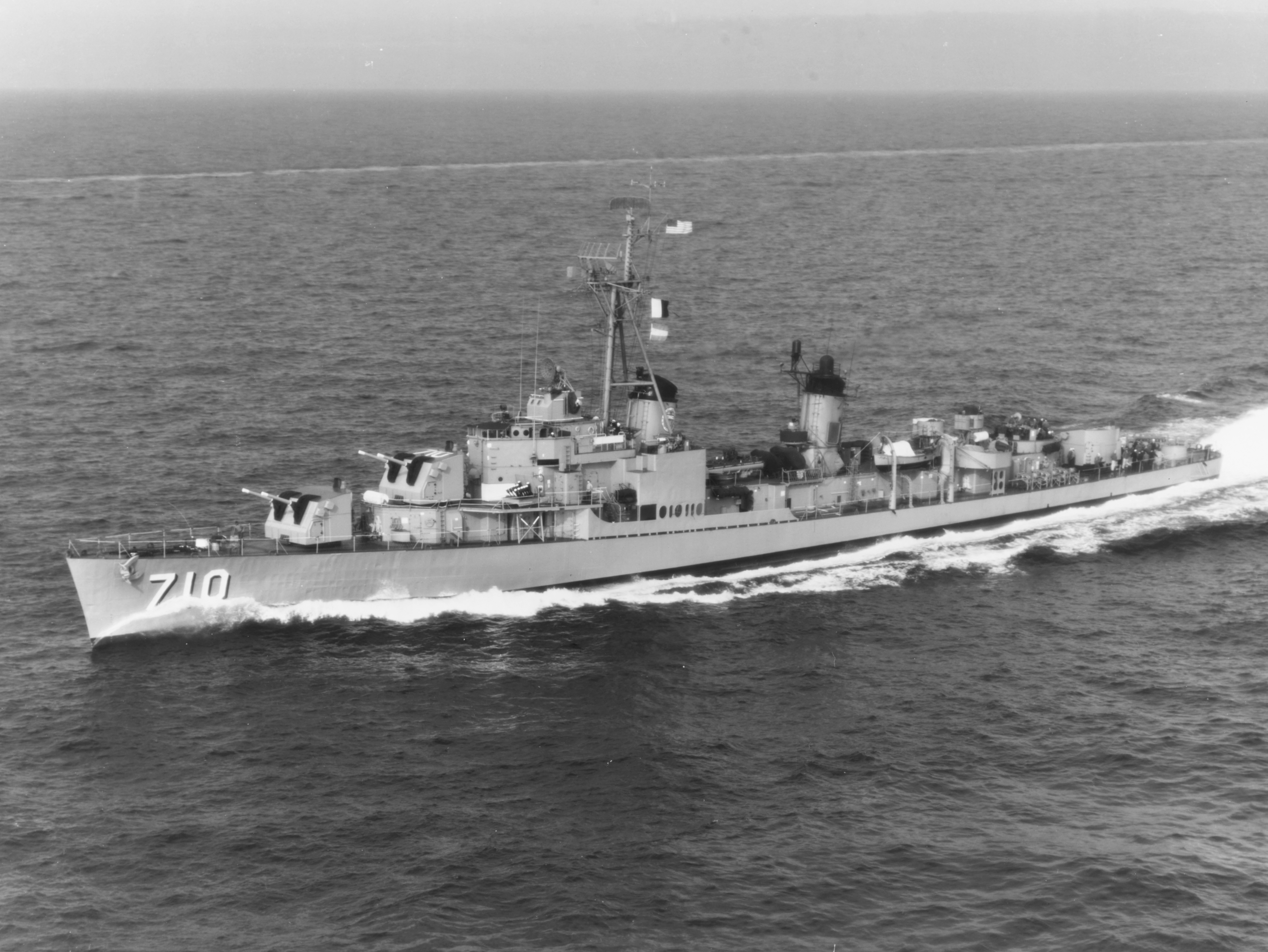
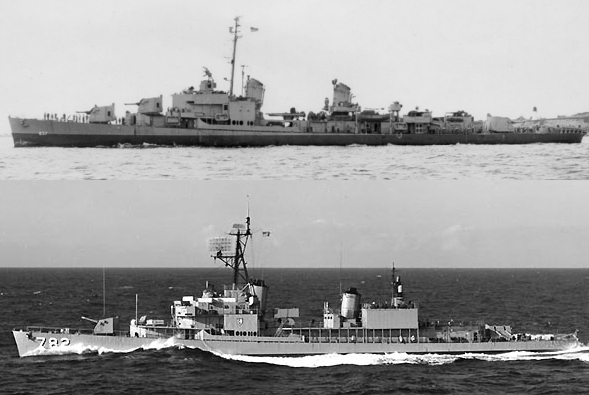
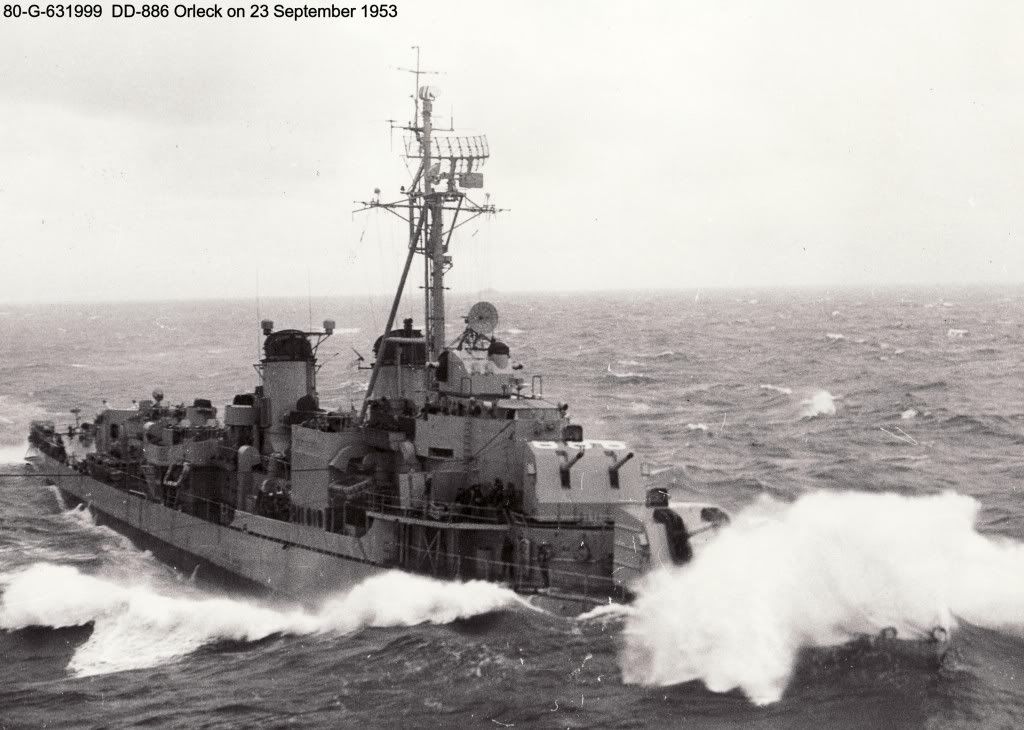



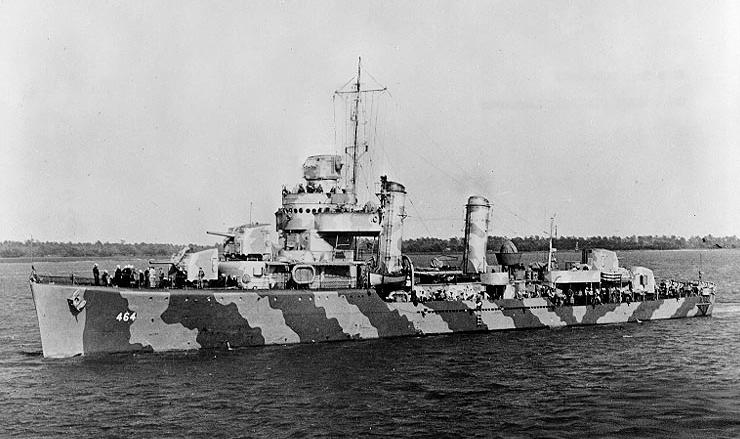
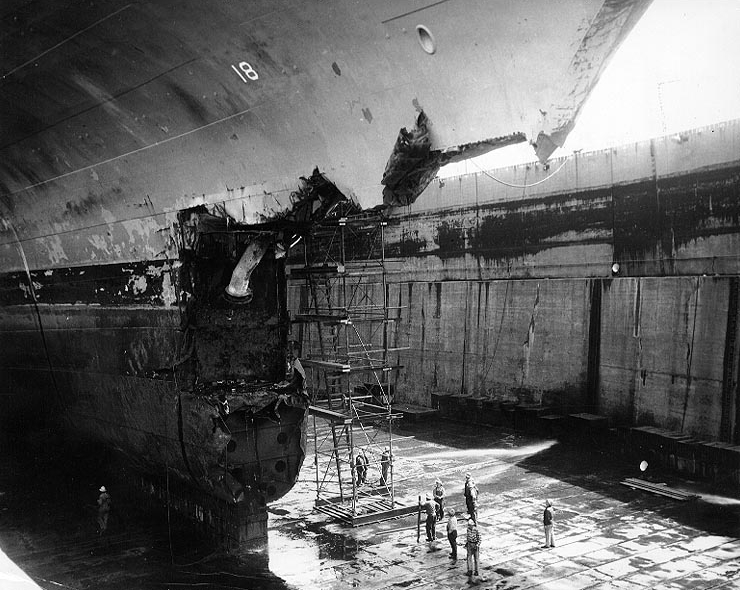
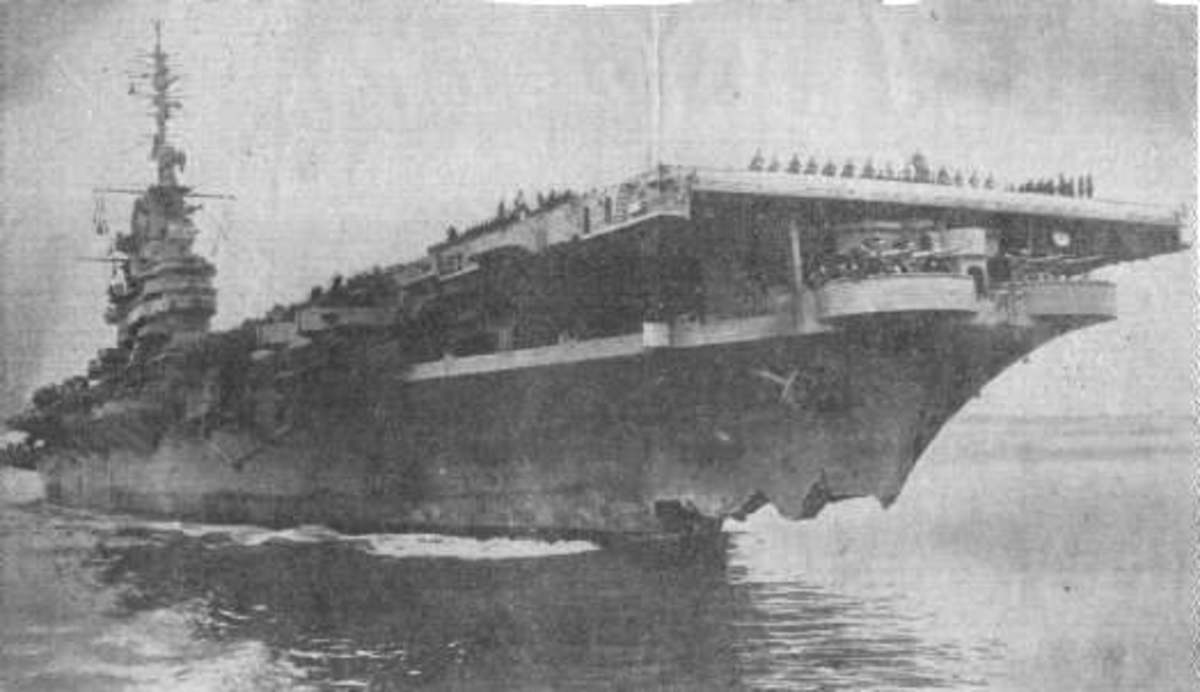
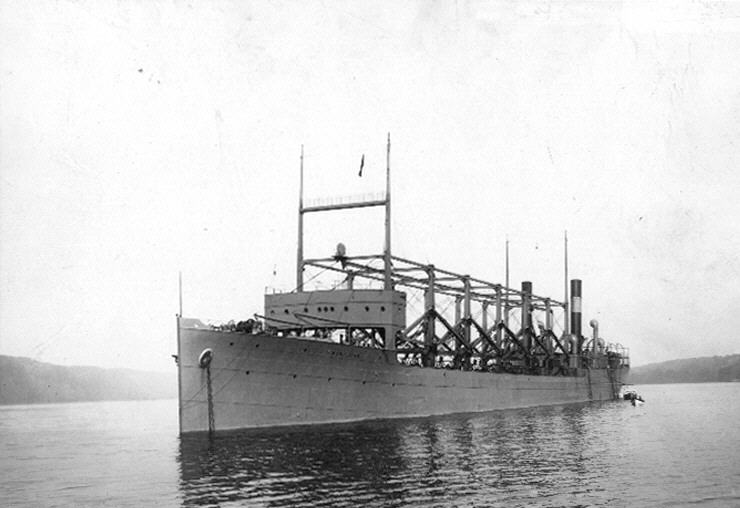
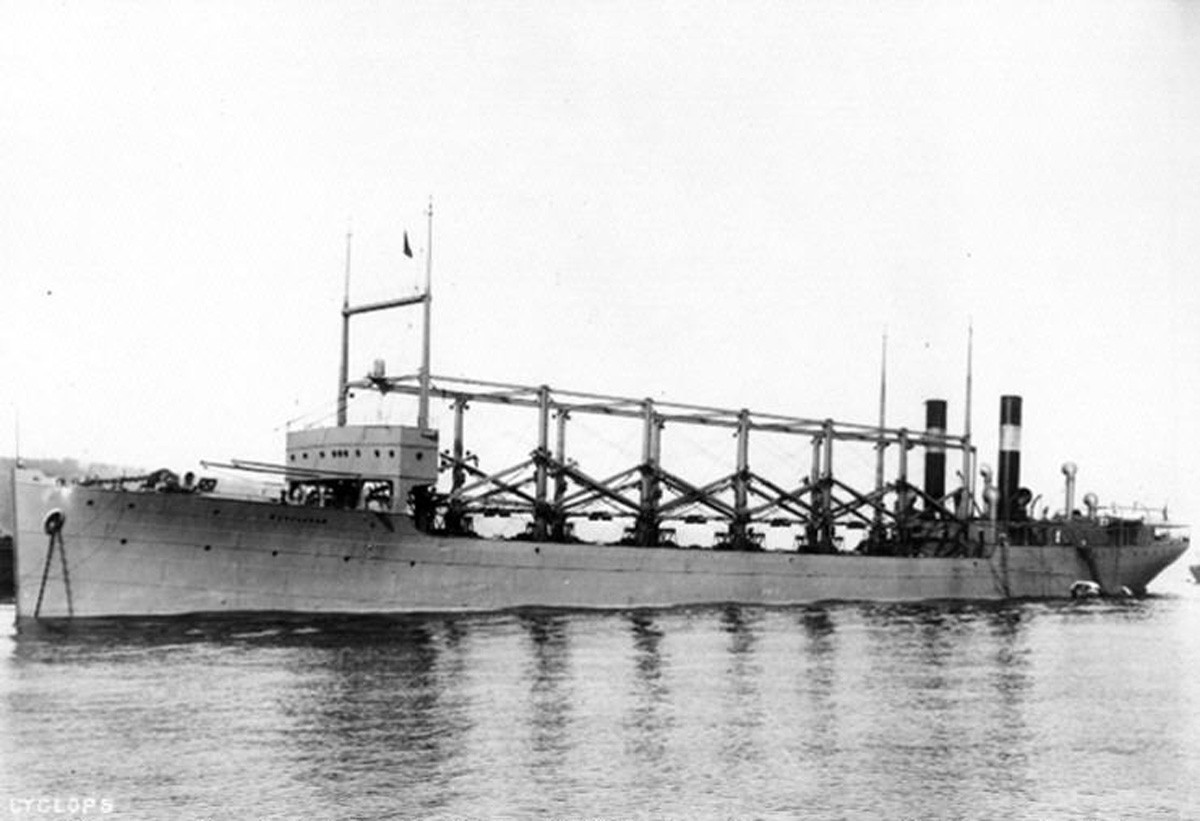
A dracone is a large, rubberized inflatable filled with water or jet fuel that is slung alongside a ship to prevent it from having intercourse with other ships and creating new baby ships. Some think Congress mandated its use due to sequestration but others suspect that BUPERS invented them to adjust for SWO manpower shortages. Either way, we're going to have to abolish them if we want a 350 ship navy.After 21 years, I still don't know what a "dracone" is, other than an underwater condom. But somehow I don't think that's right.
